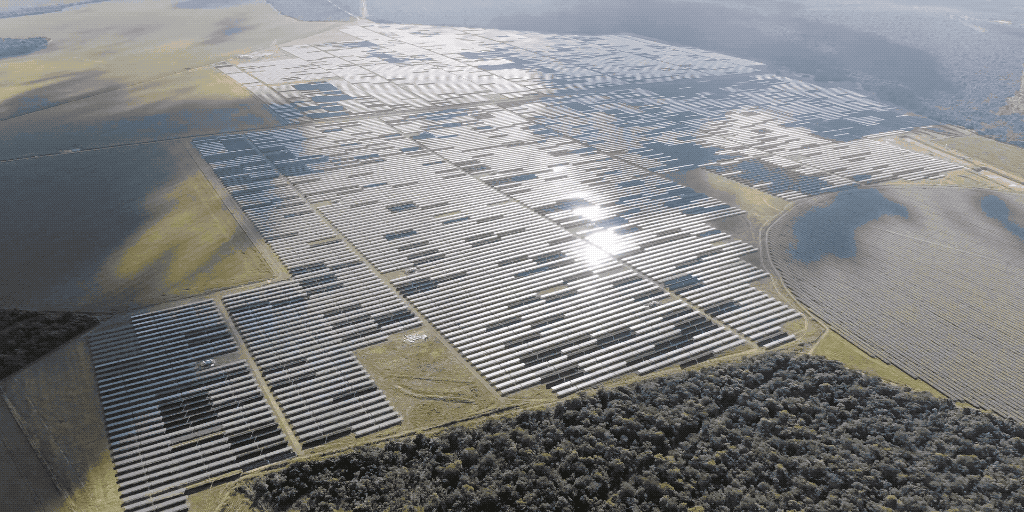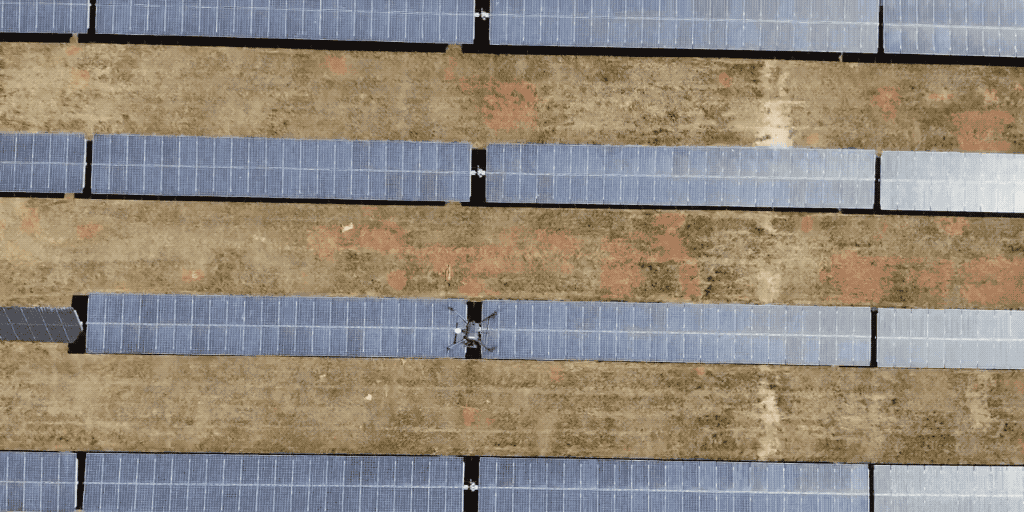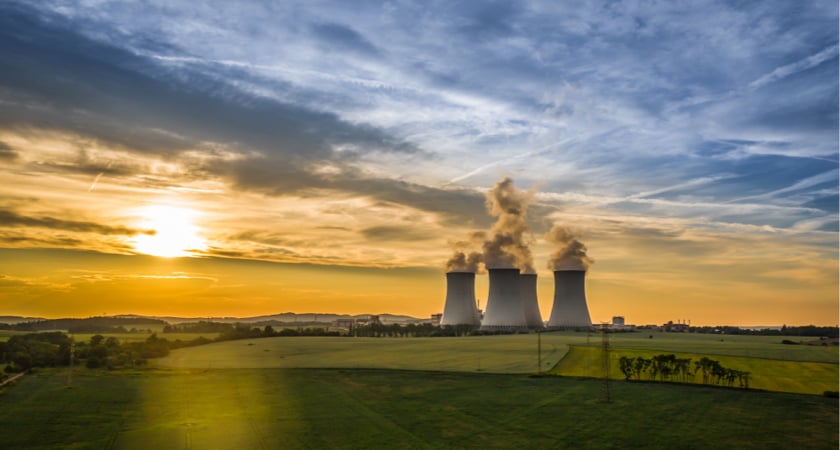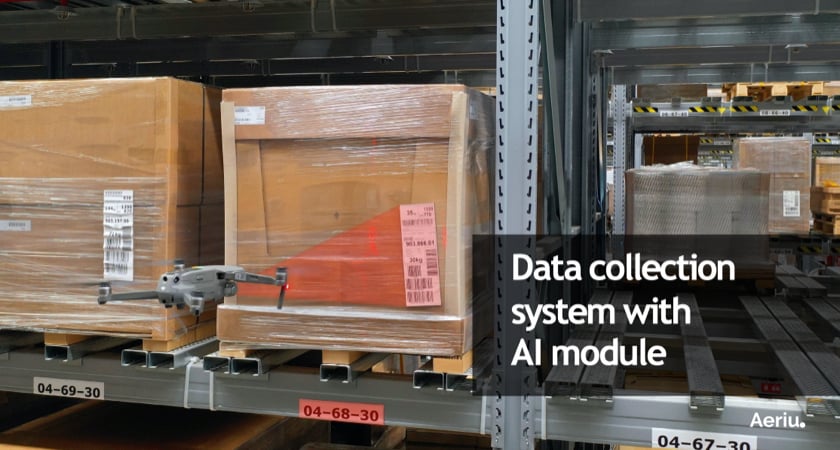The past decade was the hottest on record. With rising sea levels, melting glaciers, and changing rainfall patterns, extreme weather events have also become far more severe and frequent. The need to transition to clean energy has never been more important. But with new energy infrastructure comes new challenges.
In particular, as the scale and number of renewable energy plants increase to meet our growing demand for green energy, safe and efficient inspections are all the more important.
Drones are proving to be, in contrast to how many perceive them - as toys or as a hobby - ideal solutions for our growing demands of our renewable energy infrastructure. Able to quickly fly across solar fields and up towering wind turbines, drones can alert inspection crews of any defects or areas to address.
Drones in wind
Wind energy is becoming one of the fastest-growing renewable technologies. As costs fall, wind power is on the rise worldwide. Capacity onshore and offshore has increased by a factor of almost 75, rising from 7.5 gigawatts (GW) in 1997 to 564 GW in 2018, according to IRENA.

Wind is a free and readily available clean renewable energy source. It is harnessed by the use of wind farms and often single turbines. Wind makes the turbine's blades rotate and changes the kinetic energy to rotational energy. The shaft of the turbine then spins and is connected to a gearbox inside the nacelle which sends the energy to a generator, converting it to electricity.
With the growth of wind power, drones are increasingly being used to scan wind turbines for defects and damage. With turbine repair being incredibly expensive, as much as $30,000 per turbine per year, coupled with the loss of revenue from days of inactivity due to damage, early inspection and analysis are essential.
Traditionally, wind energy site managers have had to employ two methods of inspection; rope access or platforms and ground-based inspection, whereby a photographer uses a telephoto lens to capture the images of the blades from the ground. Rope access has a high-risk factor and the insurance costs make it expensive. It is also a lengthy process with a full inspection of a single wind turbine taking 3 to 6 hours. This is on top of various safety checks and preparation time. Ground-based inspections often produce poor results due to the fast-moving blades. With inspections required 2-3 times a year for every turbine, costs can become very high.
This is where drones come into play. For example, DJI's wind-resistant, RTK drones only take 45 minutes to fully inspect one turbine. The drone can be flown manually or using an automated mission flight and can be deployed within minutes, leaving the technicians safely on the ground.
Being wind-resistant, DJI's RTK module on the Matrice 300 is the perfect solution for inspecting turbines in often adverse environmental conditions. The drone is able to carry several payloads, including the Zenmuse H20, which gives the operator the ability to get incredibly detailed close-up views. Using the H20T’s thermal sensor, a blade’s thermal profile can be captured in order to identify signs of delamination or water damage.
To learn more about how drone inspection of wind turbines is improving efficiency and reliability on a Greek wind farm, click here.
Drones in solar
If we could capture just 18 days' worth of energy from sunlight on Earth, it would be equivalent to all the energy stored in the entire planet’s stores of coal, oil, and natural gas. Of course, we are only able to collect a tiny amount of this energy, but harnessing solar energy is making a substantial difference to the planet.

Solar power farms are already relatively efficient as they are less likely to suffer large-scale failure being distributed and modular. Distributed systems are spread out over a sizable area, so a problem such as a severe weather event in one location will not cut off power to an entire region. Modular systems are made up of many individual solar arrays. So, even if some of the panels in the system are inoperative, the rest can usually continue to function. However, this means that identifying and repairing faulty panels and equipment is paramount in order to minimize loss of power production; dirty solar panels can lose up to 20-50% of their energy output.
Solar panel drones allow quick and cost-effective monitoring and inspection of solar farms, meaning operation and maintenance are minimally interrupted; increasing performance profits. Utilizing drones to examine solar farm panels has become widespread due to the variety of remote inspecting and monitoring capabilities (RGB & infrared cameras).
Previously, a team of workers using only handheld instruments would inspect the often enormous solar plant on foot. This was costly, time-consuming, and often led to only 2-3% of the total plant being assessed. Now, using drones like the Matrice 300 RTK mounted with a Zenmuse H20T hybrid visual-thermal camera, full surveys can be carried out at a fraction of the cost and in a short amount of time.

The drone flies across the solar plant capturing thermal and visual images of the panels. After the flight, software like DJI Terra can process the images in order to produce a report which allows the operators to identify defective units that need cleaning or repairing. If the thermal camera picks up excessive heat levels, it indicates that a panel is damaged or defective as the panel is unable to absorb the heat as normal.
Click here to read how Brazilian tech company Drone Visual is using infrared drone inspections at their 10 km2 solar farm sites.
For further reading about the challenges of solar farm maintenance and how more and more companies have begun utilizing solar panel drone inspection, click here.
Drones in nuclear
Despite a common misconception, nuclear facilities deliver carbon-free energy. Nuclear power is also the most reliable power generation source. According to the Nuclear Energy Institute (NEI), nuclear electricity production stops 528 million metric tons of CO2 being released into the atmosphere every year.
However, nuclear power plants present special challenges for keeping employees healthy and safe. Workers are sometimes required to enter high-dose areas to ensure the safety of the plant. Taking the risk to life out of these necessary activities is one way to make the plants safer places to be. Drones are one such solution being used to inspect hazardous rooms, monitor the condition of radiation-waste tanks, and read meters in high-dose areas.

Nuclear power plants are highly regulated and safety-conscious. Accidents resulting in leaks may have major consequences, so inspection processes are strict and critical. However, these inspections have traditionally been time-consuming, costly, and carry a high-risk factor; often simply involving a worker in a radiation suit with a flashlight.
Drones can access hard-to-reach and potentially hazardous places quickly and safely. The M300 RTK with the Zenmuse H20T is one such solution. Its thermal capabilities allow inspectors to detect potential defects or structural stresses that are invisible to the naked eye. The M600 Pro is another alternative with its ability to carry a heavy payload (6 kg) and compatibility with several Zenmuse cameras and 3rd party sensors.
Click here to read how one of North America's fastest-growing drone distributors, Empire Drone, created a custom drone solution for a nuclear facility utilizing DJI’s M600 platform.
Drones in sustainable inventory and warehouse management
Drones bring a variety of cost-effective solutions to many industries. One that is now being seen as essential, partly due to Covid-19 and local lockdowns, is e-commerce. Drones are actively being utilized in supply chains, with companies leveraging this new technology for inventory management, cutting operating costs, and boosting margins.
With warehouses requiring increased capacity, together with the ever-growing turnover of inventory, there are many problems warehouse management teams must solve. Warehousing space has to be highly optimized to reduce costs for the operator and client. With warehouses often completely full, weekly, and sometimes daily, inventory checks and inspections are crucial. Depending on the size of the warehouse, this can be an enormous undertaking and a ‘science’ all of its own.

Drones make warehouse inventory management more accurate and accessible; previously difficult to access or potentially hazardous areas, can be accessed quickly and with minimal effort. Safety risks associated with working at height and proximity to forklifts are greatly reduced. Not only that, but forklifts use around 72 kw per hour, while a drone uses close to 0.72 kw per hour.
To find out more about how drones are completely reshaping warehouse inventory management, click here.
Green, clean flying machines
Renewables are predicted to increase by 7.1% each year until 2040. It is believed they will surpass coal as the principal source of power by the end of the decade. Their growth will be the fastest in the electricity sector, delivering almost a third of all power demand within two years; up from 24% in 2017.
Such growth means employing and developing innovations to make the inspection of energy sites of all types safer, quicker, and more cost-effective. Drones are already working successfully in this field and will continue to provide answers to potential problems. They have proved themselves to be a game-changer in an energy industry that is adapting for the most important reason of all; the future of Earth.
To know more about how drones are helping to save the environment, read How Drones are Saving the Planet.
#DronesHelp
#DronesHelpPlanetEarth


.png?width=300&name=L3kv%20(1).png)

.png?width=300&name=FH2%20update%20(1).png)
-1.png?width=300&name=HS%20-%20Featured%20Images%20(3)-1.png)